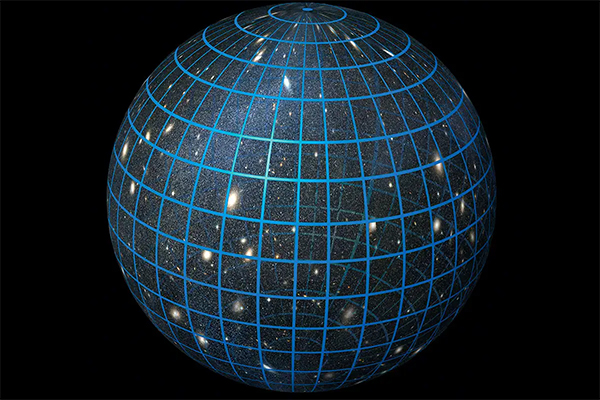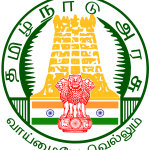Ø Japanese astronomers have developed a new artificial intelligence (AI) technique to remove noise in astronomical data due to random variations in galaxy shapes. Scientists used supercomputer simulations and tested large mock data before performing the same on real data from space. After extensive testing, scientists used the tool on data derived from Japan’s Subaru Telescope.
Ø The results that followed remained largely in sync with the currently accepted models of the universe. This is a powerful new tool for analyzing big data from current and planned astronomy surveys.
Ø In gravitational lensing, the gravity of a foreground object, like a cluster of galaxies, can distort the image of a background object, such as a more distant galaxy. Some examples of gravitational lensing are obvious, such as the “Eye of Horus”. The large-scale structure, consisting mostly of mysterious “dark” matter, can distort the shapes of distant galaxies as well, but the expected lensing effect is subtle. Averaging over many galaxies in an area is required to create a map of foreground dark matter distributions.

Ø But this technique of looking at many galaxy images runs into a problem; some galaxies are just innately a little funny looking. It is difficult to distinguish between a galaxy image distorted by gravitational lensing and a galaxy that is actually distorted. This is referred to as shape noise and is one of the limiting factors in research studying the large-scale structure of the Universe.
Ø To compensate for shape noise, a team of Japanese astronomers first used ATERUI II, the world’s most powerful supercomputer dedicated to astronomy, to generate 25,000 mock galaxy catalogs based on real data from the Subaru Telescope. They then added realist noise to these perfectly known artificial data sets, and trained an AI to statistically recover the lensing dark matter from the mock data.
Ø Building on this, scientists used the AI model on the real world, covering 21 square degrees of the sky. They found that the details registered about the foreground were actually consistent with existing knowledge about the cosmos. The research was published in Building on this, scientists used the AI model on the real world, covering 21 square degrees of the sky. They found that the details registered about the foreground were actually consistent with existing knowledge about the cosmos. The research was published in the Notices of the Royal Astronomical Society.the Royal Astronomical Society.





